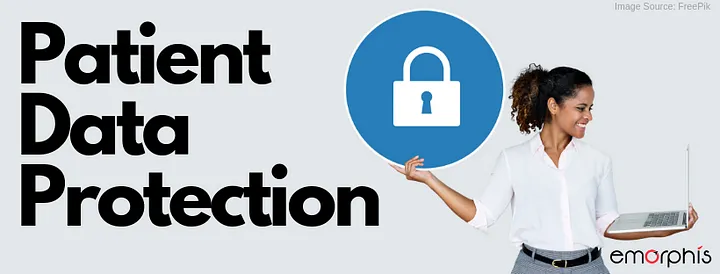Patient data is at risk because of the proliferation of cybercrime. Cybercriminals target patient data for a variety of reasons. Some of these reasons include obtaining personal information such as Social Security numbers, health insurance information, and financial information for identity theft or fraud. In addition, cybercriminals can use stolen patient data to access medical records, enabling them to commit medical identity theft. This type of theft can lead to costly medical bills and even delays in care.
Patient data is also at risk due to data breaches. Data breaches can occur when healthcare organizations fail to protect their computer systems from unauthorized access. This can lead to the theft or misuse of patient data. Hackers can use stolen data to gain access to sensitive patient information, such as medical histories or financial information.
Finally, patient data is also at risk due to human error. Healthcare workers may accidentally expose patient data due to lack of training, improper disposal of documents, or other careless mistakes. Additionally, patient data can be at risk if healthcare workers fail to properly secure their devices or networks, leaving them vulnerable to hackers.
Overall, patient data is at risk due to cybercrime, data breaches, and human error. Healthcare organizations need to take steps to protect patient data, such as encrypting data, using two-factor authentication, and using secure networks.
Cybercrime is a major threat to patient data, as hackers can access confidential medical information and use it to commit identity theft, health insurance fraud, and other crimes. Data breaches occur when unauthorized individuals gain access to patient data, resulting in the potential for information to be used for malicious purposes. Human error can also lead to data being leaked or compromised, as individual mistakes can often leave patient data exposed.
Healthcare organizations must take steps to protect patient data from all potential risks. Data should be encrypted to ensure that it cannot be accessed or read by unauthorized individuals. Two-factor authentication can help to guard against unauthorized access, and secure networks should be used to ensure that patient data is kept safe and secure. Healthcare organizations must also have policies and procedures in place to help protect patient data, such as employee training and regular security audits. By taking these steps, healthcare organizations can ensure that patient data remains safe and secure.
